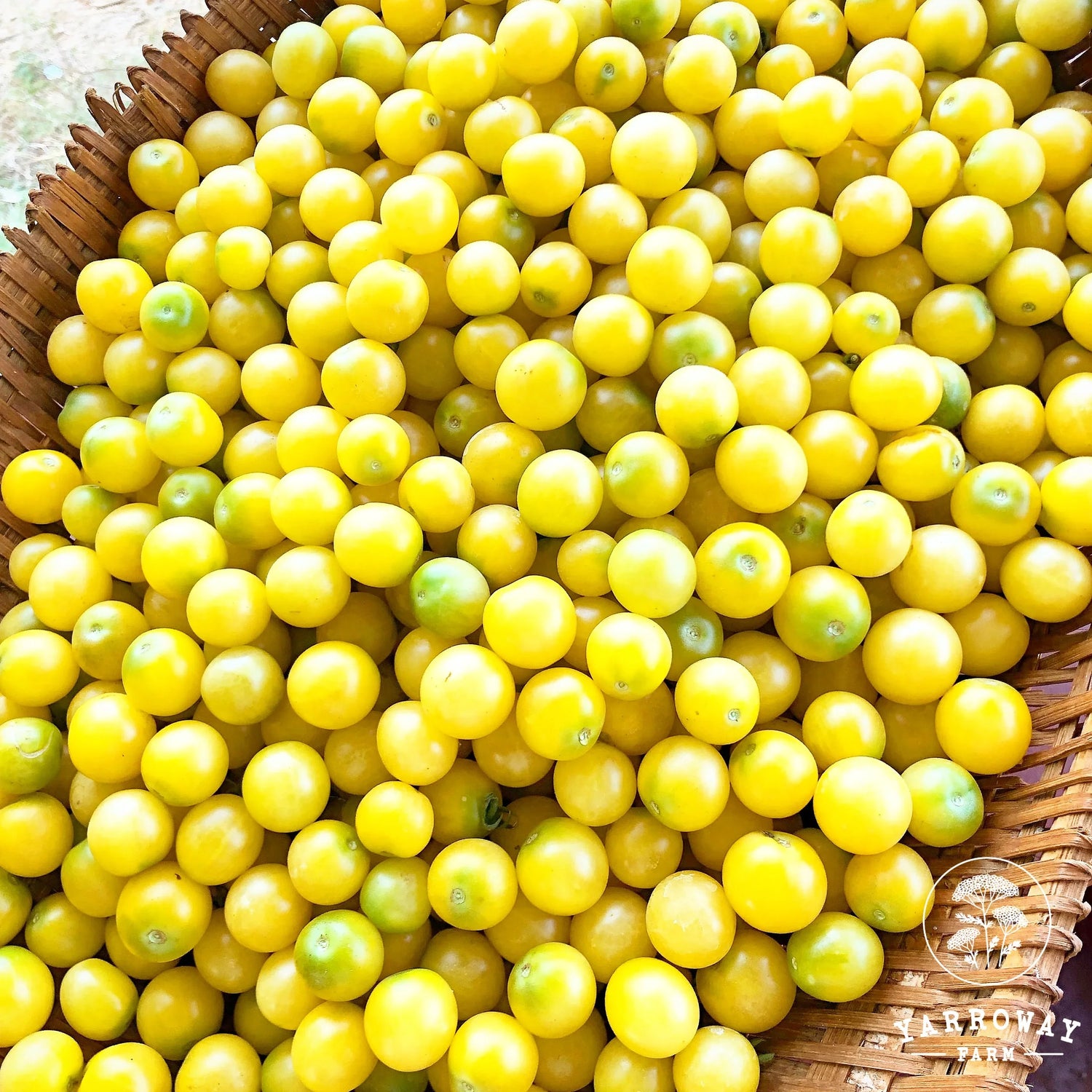Did you know that Basil species is a native of India? Basil grows very well in containers and sunny indoor spaces. They have a strong flavor and come in many variations – Holy Basil/Tulsi (used as a medicinal plant in Ayurveda), Genovese and Purple Leaf Basil(used in Italian cooking, sauces, pestos, etc.), Sweet Mammoth Basil (large leaves), Lemon Basil (used as a flavoring and tea), Sweet Basil (used in Thai cooking), etc.
Sowing Style: Transplant from seed trays at true leaf stage.
Time to Sow: Monsoon and Summer. It thrives in warm weather and pruning it down and continually harvesting leaves can prolong its life.
Plant Spacing: 10-12”
Good Companions: Basil and Tomatoes are one of the best combinations from a culinary perspective, but also on the ground while growing. It protects tomatoes from insects and disease and also improves growth and flavor. Plant them in parallel because of their variation in size and staking requirements of tomatoes.
Asparagus, Broccoli, Chamomile, Eggplant, Okra, Oregano, Potatoes and Sweet Peppers also make good companions.
Bad Companions: Rosemary, Sage.
Soil and Cultivation Requirements: Basil needs dry, light, well-drained soil. A sunny but sheltered position is what it likes best.
Irrigation: Both drip and sprinkler irrigation works well for basil. If you intercrop with its best friend tomato, then use drip irrigation. Water the seedlings well until they establish, then reduce it to every 2-3 days. The key is to keep the leaves succulent for a long period.
Harvesting and Storing: Pick off leaves as soon as they unfurl and use them fresh. Allows multiple harvests over a long period. Never cut off the top portion, because that will stop the plant from growing. Pull the plant out entirely if it’s coming to seed, so it doesn’t sap energy out of other plants.


